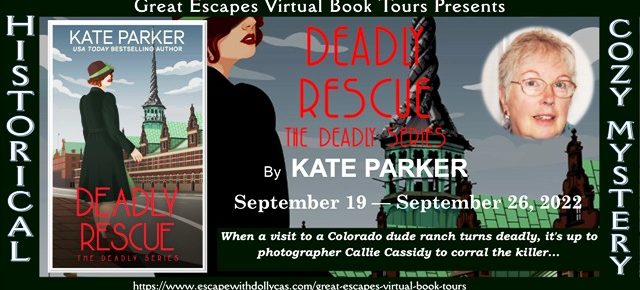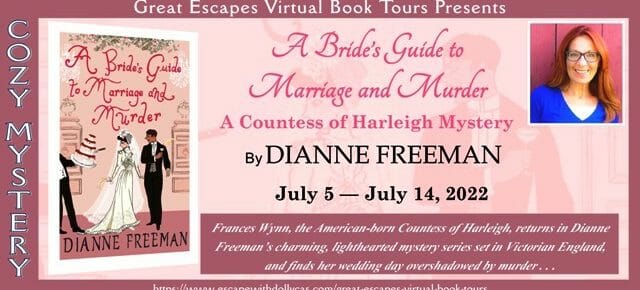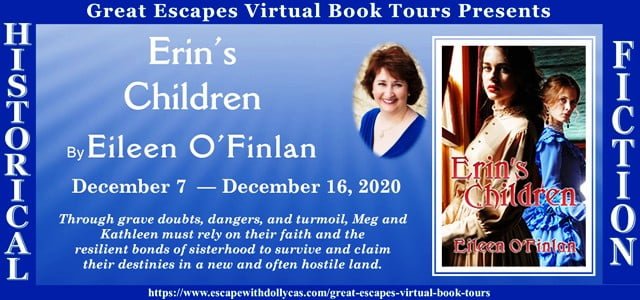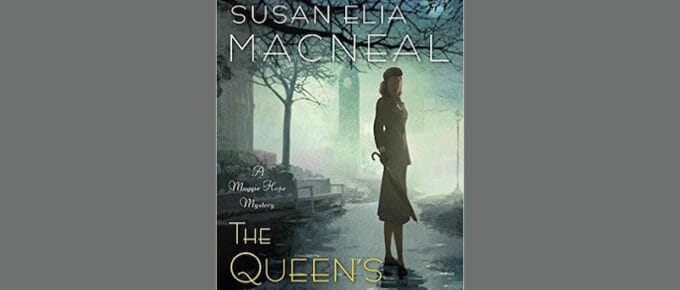I especially loved the authentic atmosphere of Deadly Rescue. Everything throughout the story felt true to the period, from dialogue to thoughts to the setting.
Review of Deadly Rescue by Kate Parker
Tell a Friend
If you liked this post, please be sure to share it with a friend! Send an email or share with Facebook, X, or LInkedIn.









Recent Comments